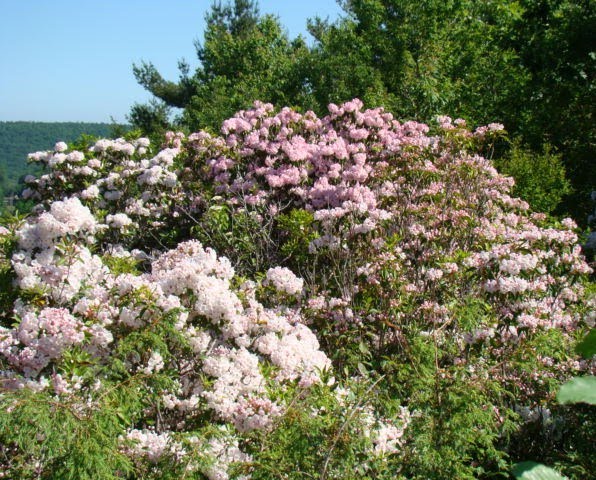
General Information
Dwarf Fothergilla is a deciduous, compact and slow growing, mound-shaped shrub native to the southeastern United States. The Dwarf Fothergilla is not native in Connecticut but was utilized in this discussion due to difficulty finding the native species in this area. It features showy, bottlebrush-like, creamy flowers in spring and has fabulous fall color as well. Its moderate size, showy flowers and fall foliage make it an excellent residential landscape planting.
Plant Habit and Form
Dwarf Fothergilla grows around 3 to 6 feet, and it’s about as wide as it is tall. It has a rounded to upright oval form and dense, suckering stems. It has alternate, elliptical-oval-obovate green leaves that are 2 to 4 inches long and display a range of beautiful fall color in shades of red, purple, orange and yellow.
Growing Requirements
Dwarf Fothergilla thrives in cool, moist, well-drained, acidic soils rich in organic matter. It flowers best in full sun and is hardy in zones 5 to 8.

Flowering and Fruiting
The ivory, spiked, bottlebrush-like flower clusters are 1 to 2 inches long. The flowers form on the terminal ends of branches and lack petals. They bloom in May. The green fruit that matures to black is inconspicuous and less than 1/2 an inch in size.
Pests and Diseases
Dwarf Fothergilla is not usually bothered by pests and diseases.
ID Tips
Distinctive flowers that are bottlebrush-shaped and ivory. Dense sucker stems. Colorful fall foliage.

